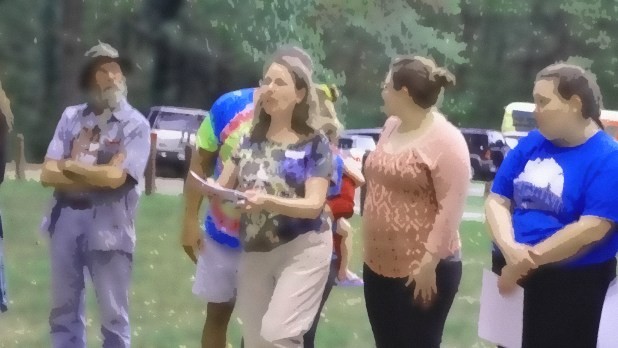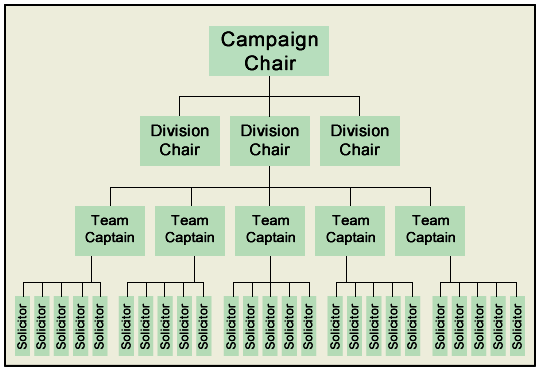Fund-raising has many engaging and inspiring sayings. Three that give insight into donor cultivation are:
People give to people.You don't raise funds; you raise friends.Fund-raising can be summed up in just three words - relationships, relationships, relationships.At its heart, donor cultivation is about an organization's staff and leadership developing relationships with those capable of giving support and making them friends of the organization. I define donor cultivation as an organization-wide strategy and process to learn more about each donor's interests, desired professional and social contacts, lifestyle, and philanthropic desires so that we can better initiate and respond to contact with a donor in order to develop a stronger relationship with that donor. I can't stress enough how important this definition is - how important it is to the future of an organization's fund-raising efforts. Every successful fund-raising operation cultivates its donors - builds relationships with them. The most successful do it constantly and systematically. Let's parse this 48-word statement and examine its key components. Again, the definition, this time with its key components in bold type: Donor cultivation is an organization-wide strategy and process to learn more about each donor's interests, desired professional and social contacts, lifestyle, and philanthropic desires so that we can better initiate and respond to contact with a donor in order to develop a stronger relationship with that donor.



















